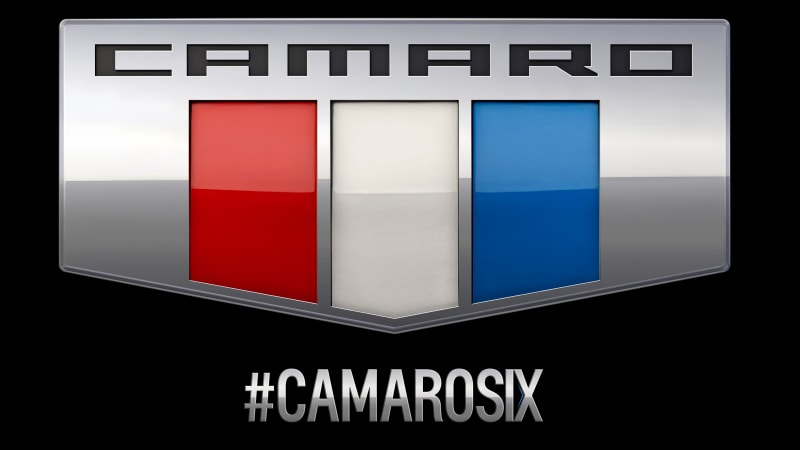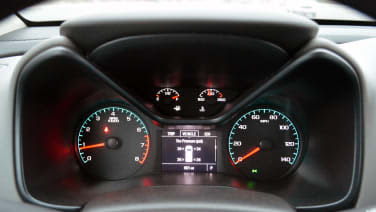
By General Motors, Detroit - The all-new GMC Canyon was the top pick by the editors of Cars.com in a midsize pickup comparison test posted today.
The editors praised the Canyon SLT - the segment's only premium entry - for its road manners and performance with a full load in the bed, as well as its design and "high-end materials", in a side-by-side challenge with Toyota Tacoma TRD Pro and Nissan Frontier PRO-4X.
"The GMC Canyon scored well throughout our tests, and offered a capable and luxurious ride and feel that clearly separated the GMC from the rest of the pack," said Cars.com Pickup Truck Editor Mark Williams.
The trucks were tested for a range of capabilities, including performance, seating and erognomics, tech and entertainment, ride quality, visibility, value and off-road capability. The trucks were track-tested for braking and acceleration performance, subjected to a true off-road course, and took part in a 320-kilometre-mile fuel-consumption evaluation. Additionally, a pickup truck shopper unaffiliated with Cars.com tested each of the trucks for overall ride, comfort and features.
"Establishing a benchmark for a premium mid-size pickup was our goal with the Canyon and PickupTruck.com's insights affirm our instincts," said Duncan Aldred, vice president of GMC Sales and MArketing. "The Canyon's quiet cabin, premium design and materials make it a maneuverable solution for customers who want the capability of a pickup with the modern amenities customers expect from GMC."
In addition to Cars.com's recognition, Canyon was named Autoweek's Best of the Best Truck for 2015.
Canyon in Canada starts at $20,600, plus a $1,695 destination freight charge and is available in four-door extended- or crew-cab models. It offers the segment's best horsepower and fuel consumption rating: 200 horsepower (149 kW) and 8.8 L/100 km highway (2WD) from a standard 2.5L I-4; and 305 horsepower (227 kW) and 9.6 L/100km (2WD) from an available 3.6L V-6.
Canyon V-6 models offer a segment-leading maximum trailering rating of 3,175 kilograms (7,000 lbs), as well as the G80 locking rear differential, for sure-footed traction in slippery conditions and when trailering.
The editors praised the Canyon SLT - the segment's only premium entry - for its road manners and performance with a full load in the bed, as well as its design and "high-end materials", in a side-by-side challenge with Toyota Tacoma TRD Pro and Nissan Frontier PRO-4X.
"The GMC Canyon scored well throughout our tests, and offered a capable and luxurious ride and feel that clearly separated the GMC from the rest of the pack," said Cars.com Pickup Truck Editor Mark Williams.
The trucks were tested for a range of capabilities, including performance, seating and erognomics, tech and entertainment, ride quality, visibility, value and off-road capability. The trucks were track-tested for braking and acceleration performance, subjected to a true off-road course, and took part in a 320-kilometre-mile fuel-consumption evaluation. Additionally, a pickup truck shopper unaffiliated with Cars.com tested each of the trucks for overall ride, comfort and features.
"Establishing a benchmark for a premium mid-size pickup was our goal with the Canyon and PickupTruck.com's insights affirm our instincts," said Duncan Aldred, vice president of GMC Sales and MArketing. "The Canyon's quiet cabin, premium design and materials make it a maneuverable solution for customers who want the capability of a pickup with the modern amenities customers expect from GMC."
In addition to Cars.com's recognition, Canyon was named Autoweek's Best of the Best Truck for 2015.
Canyon in Canada starts at $20,600, plus a $1,695 destination freight charge and is available in four-door extended- or crew-cab models. It offers the segment's best horsepower and fuel consumption rating: 200 horsepower (149 kW) and 8.8 L/100 km highway (2WD) from a standard 2.5L I-4; and 305 horsepower (227 kW) and 9.6 L/100km (2WD) from an available 3.6L V-6.
Canyon V-6 models offer a segment-leading maximum trailering rating of 3,175 kilograms (7,000 lbs), as well as the G80 locking rear differential, for sure-footed traction in slippery conditions and when trailering.























